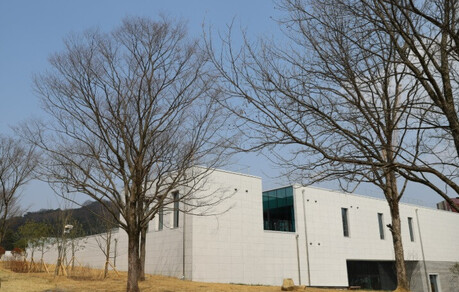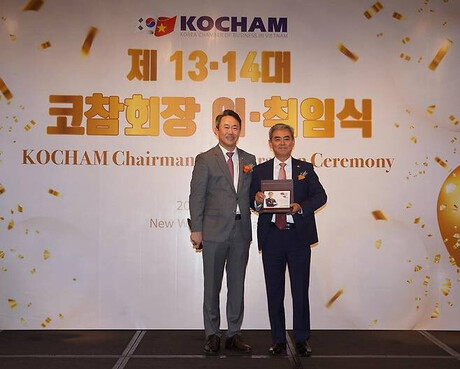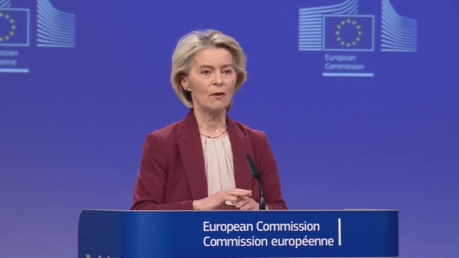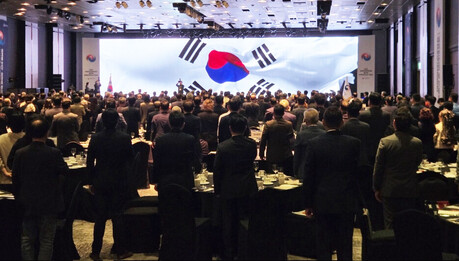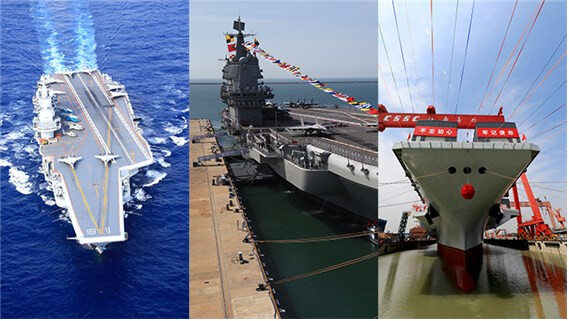
Evidence suggests China is dramatically expanding its military infrastructure on its east coast, a move seen as a long-term strategic preparation for a potential invasion of Taiwan. This is based on analysis of satellite imagery and expert commentary.
According to a report by The Wall Street Journal (WSJ), China has been rapidly expanding its amphibious landing bases, airfields, and military installations around the Taiwan Strait. Particularly noteworthy areas include the Yueqing Bay naval base in Wenzhou, Zhejiang province, and Zhangpu county in Fujian province.
The pier at Yueqing Bay, which was approximately 483m long in 2018, has been extended to 2,012m as of 2025, more than four times its original length. Recent satellite images show vessels crucial for a potential Taiwan contingency, such as tank carriers, landing craft, and oil tankers, docked at the pier. Yueqing Bay is a strategic location, situated just over 350km from Taipei, the capital of Taiwan.
In addition, a new helicopter airfield is being constructed and expanded in Zhangpu county, Fujian province, which is close to Taiwan. This airfield is located about 240km from Taiwan's west coast, making it an ideal position for troop transport and fire support for amphibious forces. Experts analyze that this airfield could be used to support an attack on the Penghu Islands, a key strategic point in the Taiwan Strait.
A massive amphibious base has also been built near Shanghai Pudong International Airport. This area, which began to be cleared five years ago, has now been transformed into a comprehensive military base with piers for large and small vessels, helicopter pads, barracks, and sports facilities. The fact that the fuel tanks are reinforced with concrete and earth to withstand bombing suggests preparation for an actual conflict. This base is also likely to be connected to a high-speed railway, which would maximize the efficiency of troop and material movements. In May, 12 warships, including a Type 075 amphibious assault ship, were spotted docked here.
Colin Koh, a senior fellow at Singapore's Nanyang Technological University, stated that the scale of this amphibious base suggests it was built with wartime expansion in mind. Michael Dam, a research fellow at the Mitchell Institute for Aerospace Studies, analyzed that the base's distance from the Taiwan Strait offers the advantage of dispersing China's invasion fleet and complicating the enemy's response.
Furthermore, there is speculation that civilian airports, such as the Xiamen Xiang'an International Airport under construction on Dadeng Island in Xiamen, Fujian province, and the Fuzhou Changle International Airport, which has expanded its runways, could also be converted for military support in an emergency.
These developments clearly show that China is accelerating its physical preparations for an invasion of Taiwan. The expansion of military infrastructure is essential for rapidly moving troops and materials and for putting pressure on Taiwan from multiple angles. This indicates that China is seriously considering the possibility of a military conflict with Taiwan and is preparing for a long-term contingency.
China's large-scale military infrastructure expansion is creating significant military tension for Taiwan and the international community. In response to the Chinese threat, Taiwan is strengthening its military and bolstering its defense posture through cooperation with allies, including the United States. However, these aggressive moves by China are expected to further heighten geopolitical instability in East Asia. Experts warn that once China's infrastructure is complete, the likelihood of a Taiwan invasion scenario becoming a reality will significantly increase.
[Copyright (c) Global Economic Times. All Rights Reserved.]




















